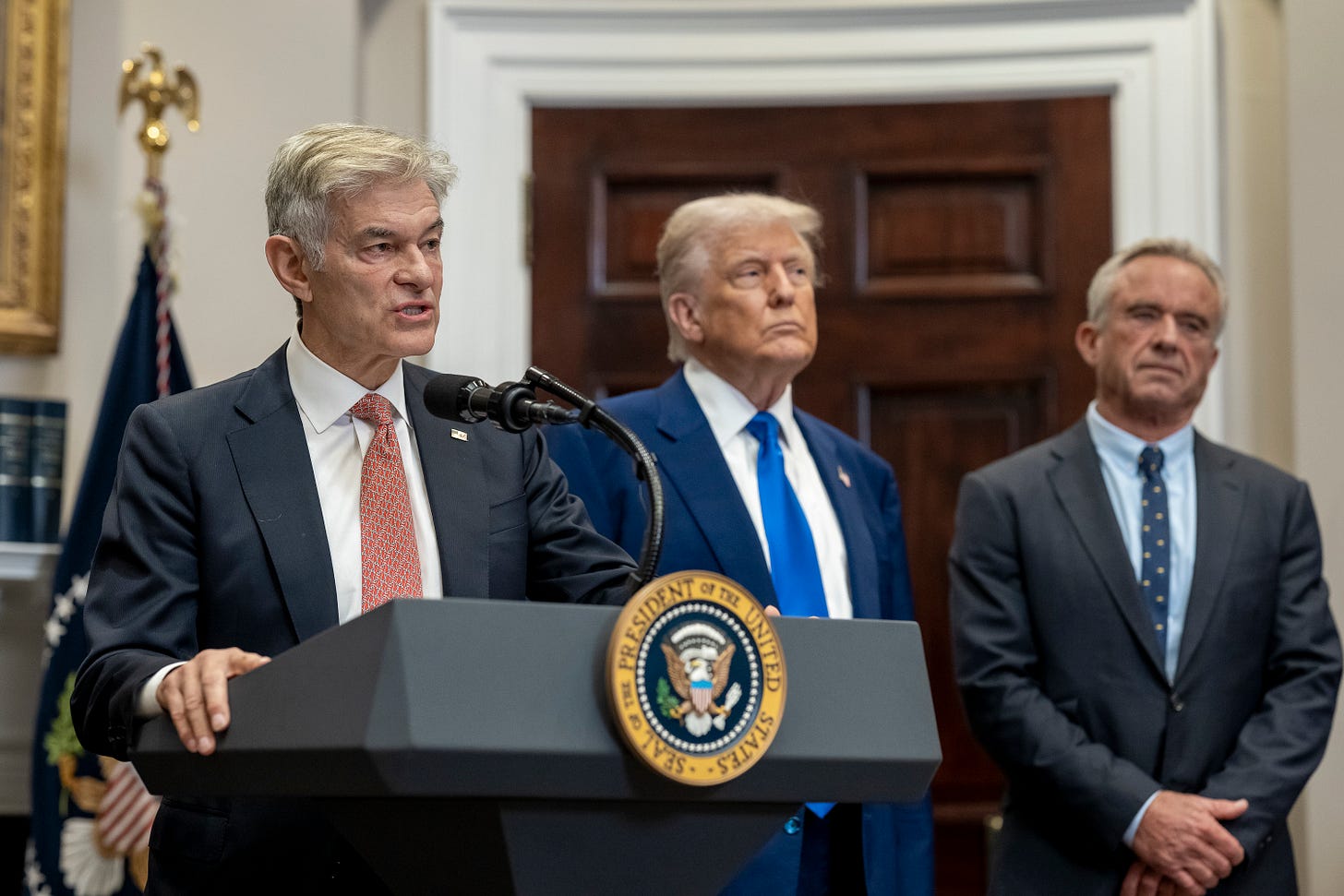The Health Care Cuts in Trump’s Budget Bill Are Even Worse than You Think
About 22 million Americans could lose health insurance in the next decade — and there’s even more bad news beyond that.

A few weeks ago, the Congressional Budget Office (CBO) issued its official projection of just how much damage the combined effect of the House GOP's…



